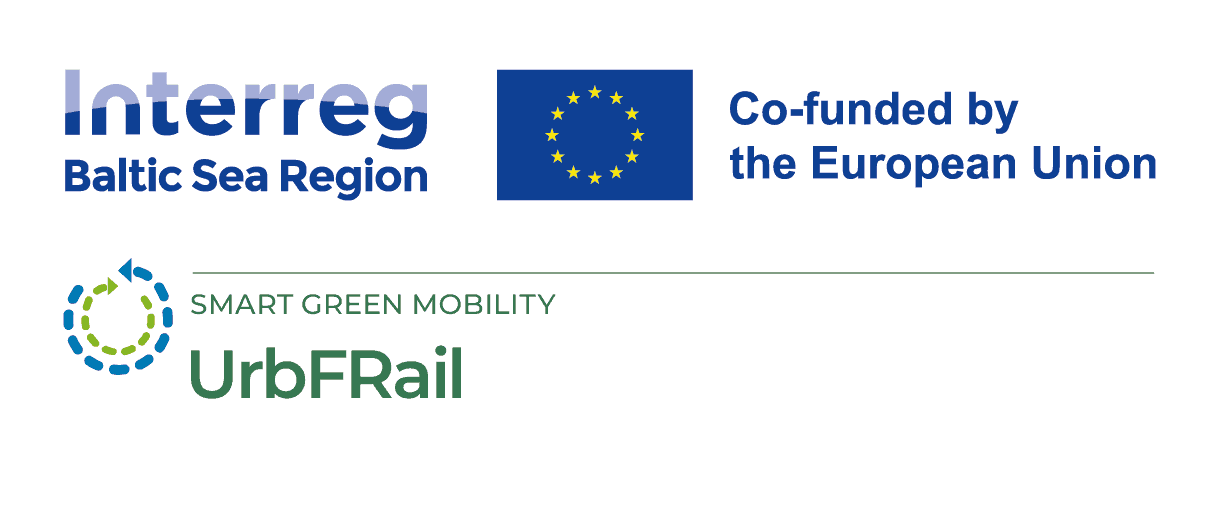
Accelerating freight transport in the Górnośląsko-Zagłębiowska Metropolis
28 August 2024
The discussion about urban rail freight hubs timely contributes to the intention to develop a sustainable urban logistics plan in the metropolis in near future Górnośląsko-Zagłębiowska Metropolis (GZM) has a well-organized rail and road network with numerous transportation hubs for both passenger and cargo transport. Its specific location at the intersection of two TEN-T core network corridors and the junction of the westernmost stretch of wide gauge (1520mm) and normal gauge (1435mm) railway lines enables the development of container shipping on the connection between Asia and Western Europe. This makes GZM an interesting area also for testing the potential of implementing urban freight hubs.
We interviewed Marcin Domański – Deputy Director of Metropolis GZM Transport Department to tell us more on GZM goals and opportunities.
Marcin, you are the coordinator of the Sustainable Urban Mobility Plan (SUMP) team for the GZM Metropolis and Silesian Voivodeship Central Subregion. Does the SUMP sufficiently address freight transport and traffic? To what extent, GZM should coordinate measures in ‘last mile’ logistics, i.e. in highly urbanized areas within its territory?
Firstly, our SUMP titled Good Mobility 30/50 focuses on passenger transportation and mainly on daily commuters. Such a vast and complex area as freight transport requires a step-by-step and hierarchical approach in mobility planning. This has been acknowledged in our SUMP when defining the task to create a Sustainable Urban Logistics Plan (SULP) as one of 24 tasks of our SUMP. Although we have planned to implement the above tasks by 2030, we would like to take action as soon as possible, taking into account, besides microscale logistics in urban centers, the “heavy” logistics connected with shifting goods to freight trains.
In GZM we have some large freight terminals located on the outskirts such as Sławków or Gliwice. For the purposes of our project, we will analyze two centrally located areas for their potential transforming into urban freight hubs. Both have access to rail sidings, but are used to a limited extent for local distribution of goods. What value could there be in developing these areas into urban freight rail hubs in the future?
GZM area is in the fortunate position for the fact that practically every city centre has access to the railway network. Moreover, the rail capacity is being expanded so that metropolitan trains can run with higher frequencies. Capacity for freight trains still needs to be taken care of, but nevertheless the locations analyzed are relatively close to the centers of large cities. It is also a characteristic of our region that, big industrial plants or logistics centers are located in proximity to central city areas. Willing to reduce car traffic in GZM, which is also the premise of our SUMP Good Mobility, we must seize the opportunity to create urban freight hubs near city centers.
What additional benefits in other areas of GZM activity can your organization achieve by being involved in the UrbFRail project?
For us it is valuable to exchange experience with other European regions. It goes without saying that, thanks to the project we will pull ourselves up in urban logistics, which we have been putting off for a while. The project will allow us to accelerate the next stages of implementation. It is also important how urban logistics fits into the overall strategy, and here it will be important for us to exchange knowledge with authors of other SUMPs.
Interactive map showing pilot locations. Use the arrow keys to move the map view and the zoom controls to zoom in or out. Press the Tab key to navigate between markers. Press Enter or click a marker to view pilot project details.





